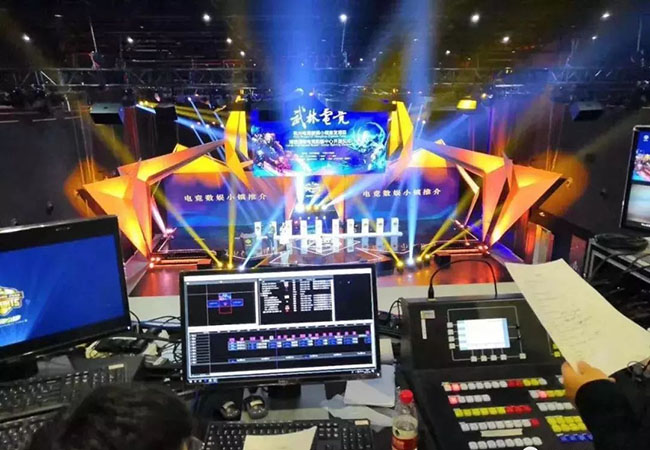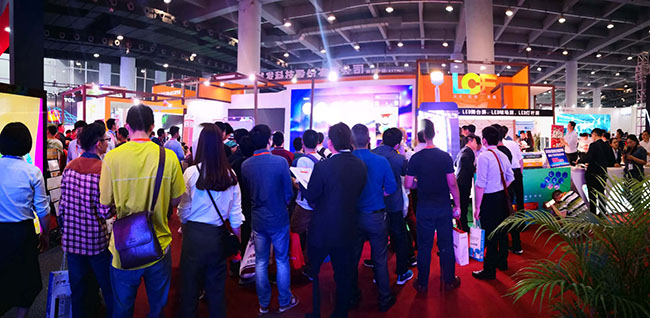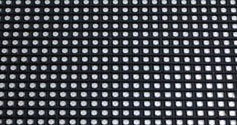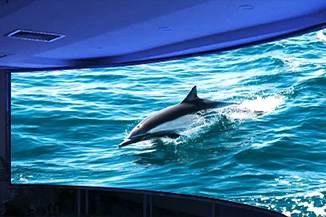Publisher: Supplier of LED Display Time: 2019-12-09 19:08 Views: 4656

Liancheng Fa Longyixi S series
Lianchengfa Longyixi S series has the characteristics of quick installation, light weight, wide viewing angle, high contrast, and convenient maintenance.
1. Bit depth improvement: The gray level of the current LED display has been increased to 16 bits and 17 bits, but most of the input signal sources are only 8 bits. Therefore, following the footsteps of the high-definition display era, the application of 10-bit or even 12-bit processing technology in video processors is the general trend.
2. Resolution specification conversion: Generally speaking, the signal resolution provided by image signal sources (such as Blu-ray DVD, computer, high-definition playback box, etc.) has fixed specifications (refer to VESA, ITU, SMPTE and other standards), while LED display The modular splicing display of the screen makes its resolution almost any value. The video processor converts the various signal resolutions to the actual physical display resolution of the LED display.
3. Scaling: In the process of resolution specification conversion, the image needs to be scaled. Whether the resolution is increased or decreased, the complete image can be displayed on the screen.
Fourth, color space conversion: The color gamut of LED displays is very wide, while the color space of most image signals is relatively small (such as NTSC). In order to make the LED display screen have excellent image display effect, color space conversion must be carried out.
5. Image processing and enhancement technology: Since the development of digital image processing technology in the 1920s, a large number of patented technologies have emerged. For example, DCDi, ACC2, ACM3D, etc. have won a series of patented technologies from the Emmy Award-winning Faroudja Lab. These technologies undoubtedly make the visual effect of the image greatly improved.









